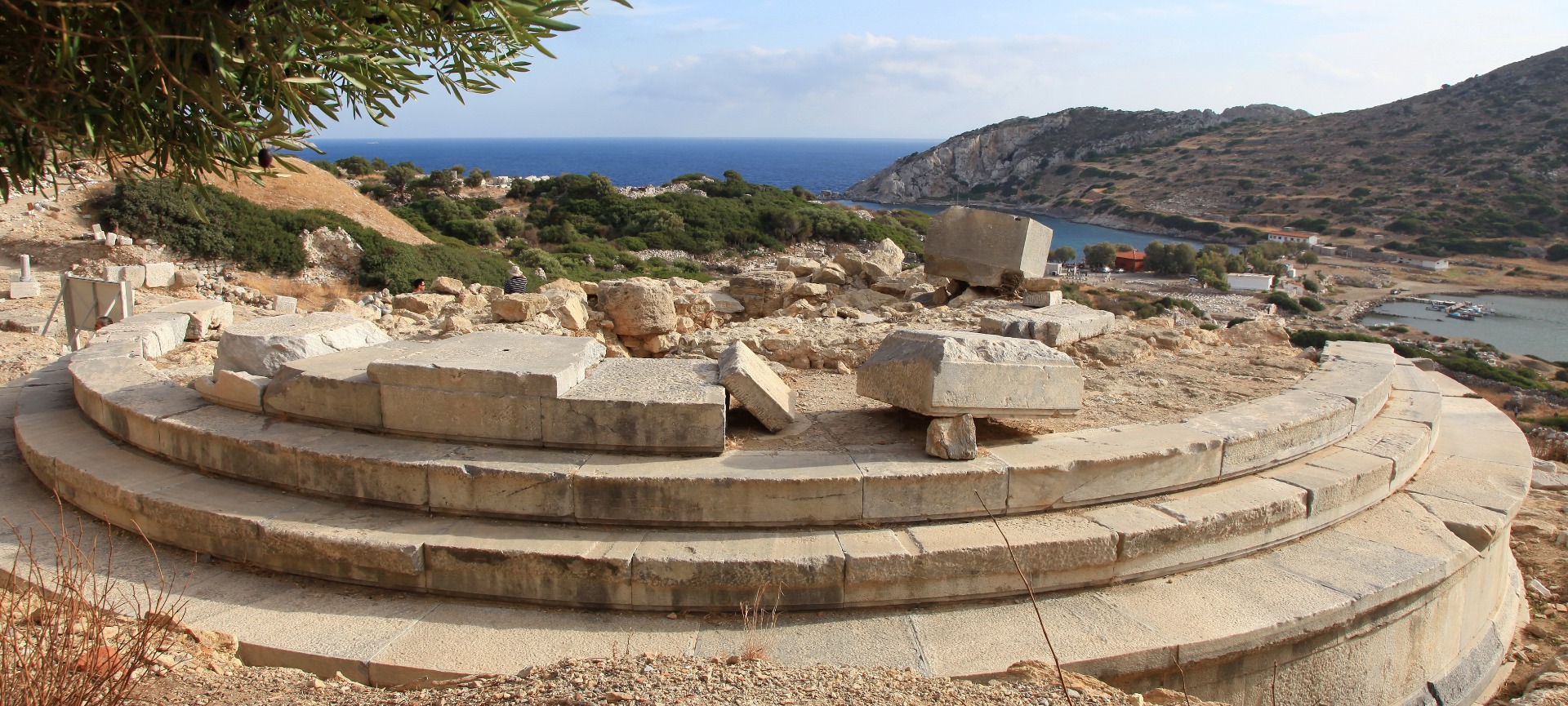Knidos
Knidos, located at the tip of the Datça peninsula, was an ancient city that was very advanced in art, science and architecture. The Dorians first established the city of Knidos in the Burgaz region of the Dalacak promontory, 2 km from the centre of Datça, however in the middle of the 4th century BC the city was moved to Tekir point, where the ruins can be seen today.
Knidos was the birth place of Euryphon, who founded the second largest medical school of the time here, and Eudoxus, whose inventions for measuring time and the seasons were among the most influential discoveries of the day. It was also home to Sostratus, the architect of the Lighthouse of Alexandria, one of the Seven Wonders of the World, and to the famous painter Polygnotus.
There are two large amphitheatres at Knidos, one of them still standing in the harbour area, and a temple of Apollo at the top of the hill. There are also the remains of a temple of Aphrodite which had the most commanding view from the hill down onto both harbours of the city. Although only the plinth remains today, within the temple there once stood a statue of Aphrodite that was almost legendary in its time. People came to Knidos from far and wide just to see the statue..perhaps this was the beginning of tourism.
Today only the round plinth of the statue remains.



